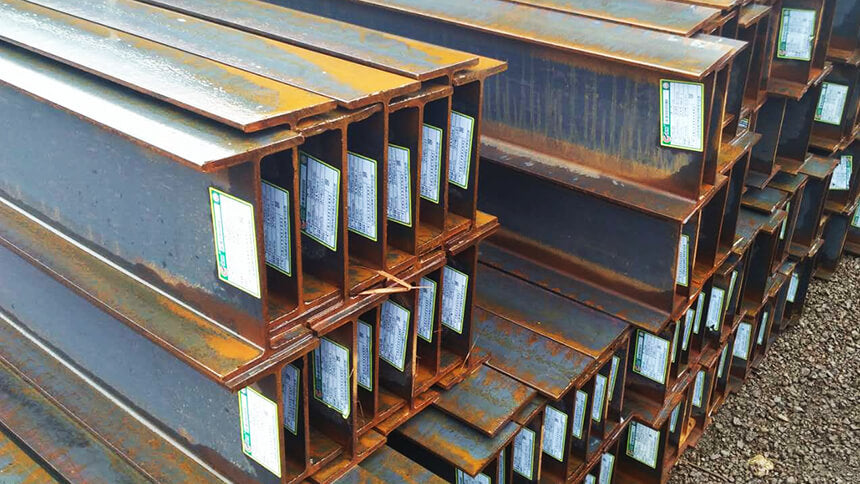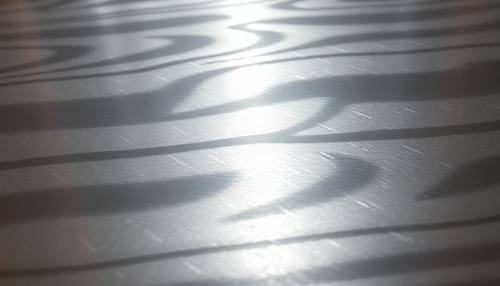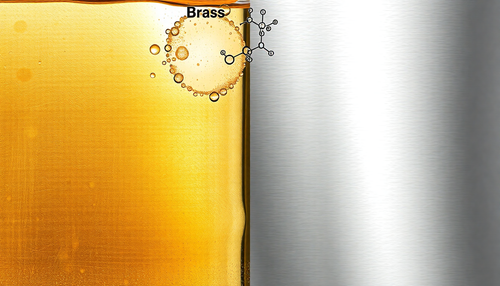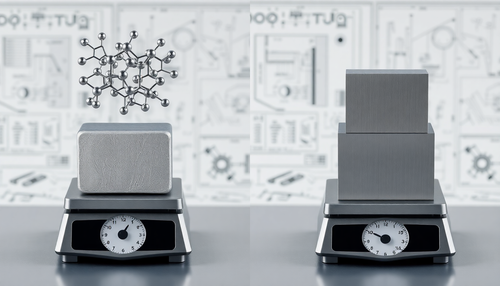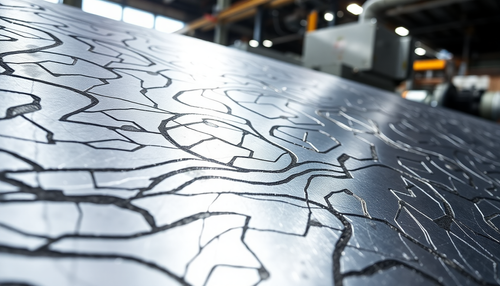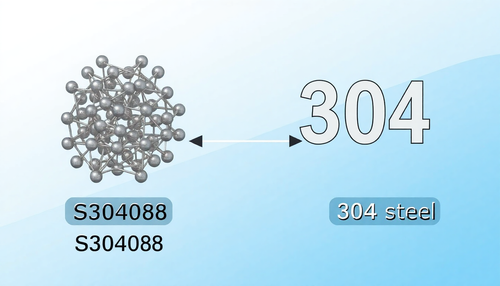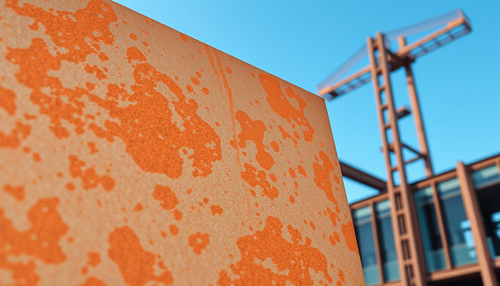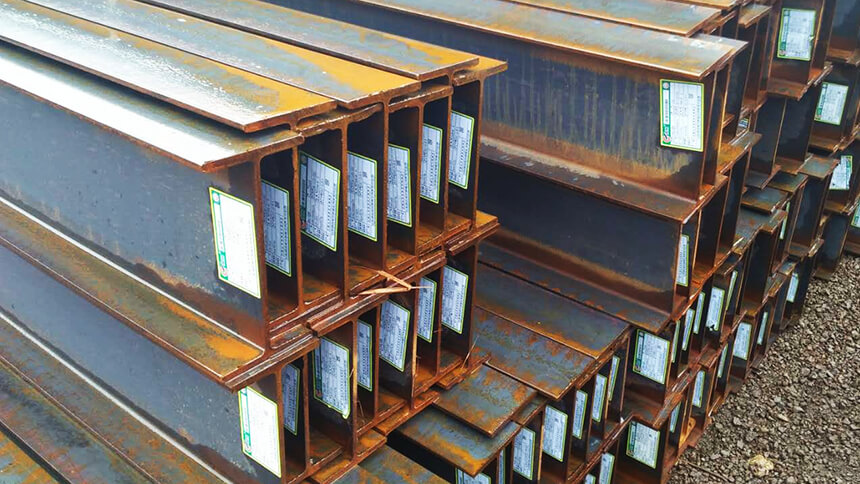
Material S235JR (steel 1.0038) in EN 10025-2
S235JR material, also known as 1.0038 steel, is a type of non-alloy structural steel defined in the European standard EN 10025-2. It is part of the S series of steel grades, which includes several grades with different minimum yield strengths, such as S275, S355, etc. It has good plasticity, toughness and weldability, moderate strength and good cold bending properties. This type is also often referred to as “carbon steel” or “mild steel” and is widely used in a variety of construction and engineering applications.
Meaning of material S235JR (designation) :
- “S” means Structural;
- “235” represents the minimum yield point in MPa (Megapascal) for steel thickness ≤ 16mm;
- “JR” indicates the degree of quality relative to the energy value of the Charpy impact test ≥ 27 J at room temperature (20 °C);
- “C” indicates that the material is suitable for cold flanging, cold bending, cold forming or cold drawing, for example, S235JRC (1.0122).
- 1.0038 is the steel number designation.
The general delivery conditions for S235JR steel are as follows:
- +AR means “As-Rolled” and delivery condition without special lamination and/or heat treatment.
- +N is the abbreviation for “Normalized or normalized formed”
- +M stands for “Mechanical Thermal Control Processing – TMCP”
- +C is “hardened by cold work”
- +A indicates that the material is in the soft annealed condition.
- +AT means the steel is in solution annealed condition.
- More designation and meaning of European steel names
Example 1: When the delivery condition is rolled or standard, the steel name is given as S235JR+AR (1.0038+AR) or S235JR+N (1.0038+N).
Example 2: Steel S235JRC means the material is suitable for cold flanging, cold bending, cold forming or cold drawing.
Example 3: If S235JRC steel is delivered in cold work hardened condition, it will be called S235JRC+C (1.0122+C).
Material Data Sheet and Specifications 1.0038
The following tables and lists show the datasheet and specifications of S235JR, including chemical composition, mechanical properties and physical properties, etc.
Chemical Composition of Material S235JR (Steel EN 1.0038)
The following table shows the chemical composition of (1.0038) S235JR based on pan analysis.
| Chemical Composition (Pot Analysis) %, ≤ | |||||||||
| Standard | Material | Steel grade (steel number) | W | Yes | Mn | P | s | Ass | N |
| EN 10025-2 | S235 | S235JR (1.0038) | 0.17 | – | 1.40 | 0.035 | 0.035 | 0.55 | 0.012 |
| S235J0 (1.0114) | 0.17 | – | 1.40 | 0.030 | 0.030 | 0.55 | 0.012 | ||
| S235J2 (1.0117) | 0.17 | – | 1.40 | 0.025 | 0.025 | 0.55 | – | ||
Physical properties of S235JR steel
- Material density: 7.85g/cm3 (0.284 lb/in3)
- Melting Point: 1420-1460°C (2590-2660°F)
- Electrical Conductivity: 0.141 × 10^6 S/m (at 20°C)
- Modulus of Elasticity (Modulus of Elasticity): 210 GPa (30500 ksi)
- Poisson's Ratio: 0.3
- Shear modulus: 80 GPa (11600 ksi)
- Specific thermal capacity: 0.46 – 0.48 J/g-°C (50.0 – 100 °C); 0.11 – 0.115 BTU/lb-°F (122 – 212°F)
Mechanical Properties of Steel S235JR (Material 1.0038)
Yield strength, tensile strength, elongation and Charpy impact test are listed in the following data sheet.
- Material EN 1.0038 Brinell hardness: ≤120 HBW
- Charpy impact value: ≥ 27J, at room temperature 20 °C.
Yield Strength
| Yield resistance (≥ N/mm2); Dia. (d) millimeters | |||||||
| Steel Series | Steel grade (material number) | d≤16 | 16< d ≤40 | 40< d ≤100 | 100< d ≤150 | 150< d ≤200 | 200< d ≤250 |
| S235 | S235JR (1.0038) | 235 | 225 | 215 | 195 | 185 | 175 |
Tensile strength
| Tensile strength (≥ N/mm2) | |||||
| Steel Series | Steel grade (material number) | d<3 | 3 ≤ d ≤ 100 | 100 < d ≤ 150 | 150 < d ≤ 250 |
| S235 | S235JR (1.0038) | 360-510 | 360-510 | 350-500 | 340-490 |
1MPa = 1N/mm2
Stretching
| Stretching (≥%); Thickness (d) mm | ||||||
| Steel Series | Steel Grade | 3≤d≤40 | 40< d ≤63 | 63< d ≤100 | 100 < d ≤ 150 | 150 < d ≤ 250 |
| S235 | S235JR | 26 | 25 | 24 | 22 | 21 |
Welding
S235JR material is generally considered weldable using conventional welding methods. Common welding techniques such as arc welding, MIG welding and TIG welding can be used to join S235JR steel. Preheating and post-weld heat treatment may be necessary depending on the thickness of the material and the welding process used.
Corrosion resistance
S235JR is not a corrosion-resistant steel, so it may require protective coatings or other measures to prevent corrosion in harsh environments.
Applications/Uses
- S235JR steel is commonly used in various structural and construction applications, including buildings, bridges, boilers, transmission towers, steel structures, shopping malls, machinery and vehicle chassis, etc.
- It is suitable for manufacturing components that require good weldability and moderate strength.
- The material is often used for structural and general engineering purposes due to its affordability and ease of processing.
- EN 1.0038 material can be made into many steel products, such as H beam, I beam, channel steel, steel plate, angle steel, steel pipe, wire rod and nails, etc.
Equivalence
EN 1.0038 material S235JRG2 or equivalent steel S235JR US ASTM AISI SAE, European EN (German DIN, British BSI, France NF…), ISO, Japanese JIS, Chinese GB and Indian standard. (For reference)
| EN 1.0038, equivalent steel grade S235JR | |||||||||||||||||
| European Union | USA | Germany | Japan | China | India | ISO | |||||||||||
| Standard | Steel name (steel number) | Standard | Note | Standard | steel name | Standard | Note | Standard | Note | Standard | Note | Standard | Note | ||||
| EN 10025-2 | S235JR (1.0038); S235JRG2 |
ASTM A36; ASTM A283/A283M |
A36; Grade D |
DIN 17100 | St37, RSt 37-2, Ust 37-2 | JIS G3101; JIS G3106 |
SS400; SM400A |
GB/T 700 | Q235B, Q235C | It's 2062 | E250A | ISO 630-2 | S235B | ||||
| EN 10025-2 | S235J0 (1.0114) | ASTM A36; ASTM A283/A238M; ASTM A573/A573M |
A36; Grade D 58th series |
DIN 17100 | St 37-3U | JIS G3106 | SM400A, SM400B |
GB/T 700 | Q235C; Q235D |
It's 2062 | E250 | ISO 630-2 | S235C | ||||
| EN 10025-2 | S235J2 (1.0114); S235J2G3; S235J2G4 |
ASTM A36; ASTM A283M |
A36; Grade D |
JIS G3106 | SM400A | GB/T 700 | Q235D | It's 2062 | E250 | ISO 630-2 | S235D | ||||||
Note: S235JRG2 is the previous designation and has been dropped and covered by S235JR in EN 10025-2 since 2004.

